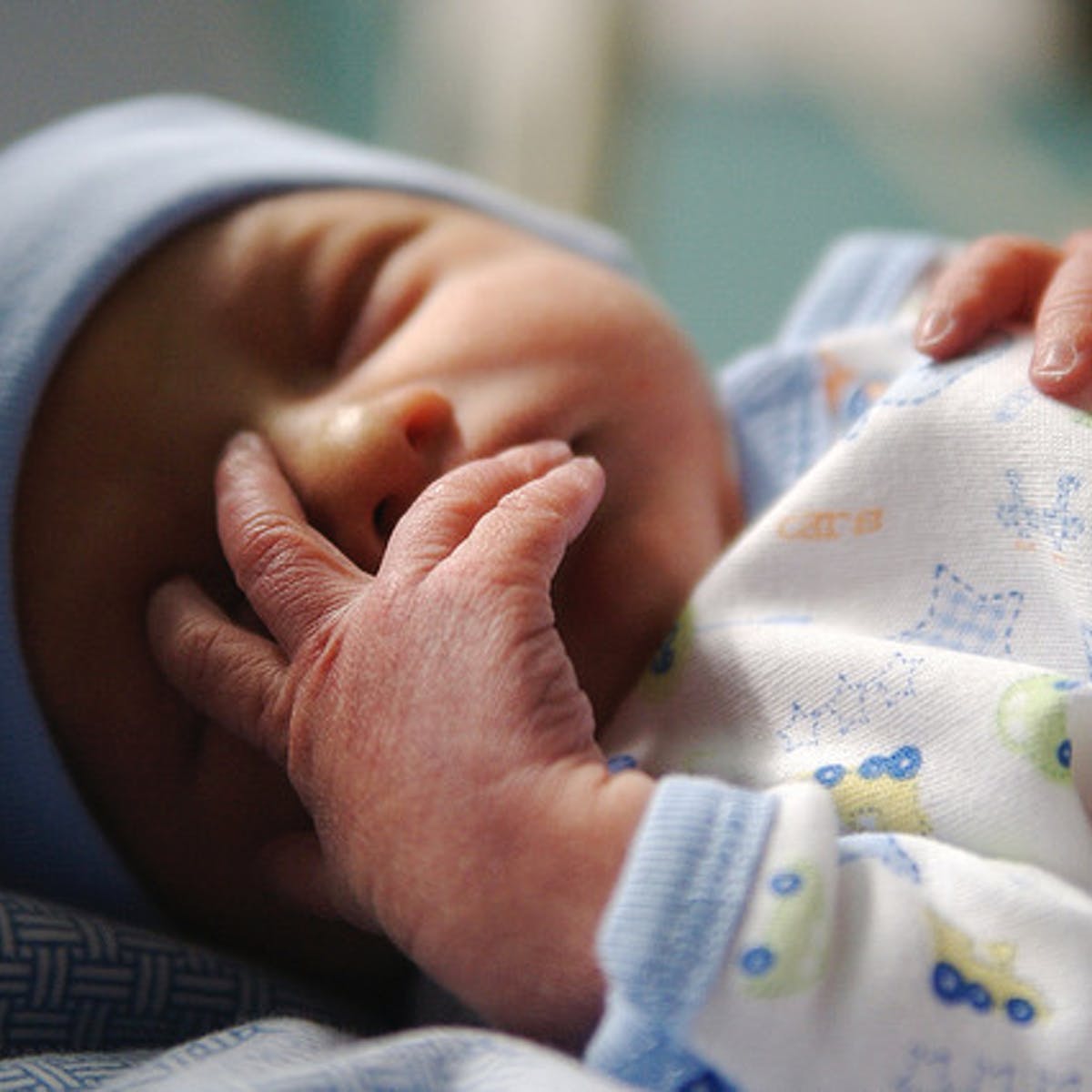
Before the procedure, local anesthesia is required, which makes the operation less painful. However, local anesthesia cannot be used for removing the foreskin and in this case, the doctor uses anesthetic cream on the glans and shaft to numb the area. The local anesthesia can be discontinued after the procedure. However the numbness must be maintained for several more days until the stitches are removed completely. In addition, the stitches may need to be washed with an anti-bacterial solution before and after use.
Patients who have been scheduled for circumcision will be given instructions by their attending physician or the doctor who performed the procedure. Drink lots of water, and avoid spicy foods for several days until yellow discharge clears up. To aid in healing, the patient is advised to take vitamin-C and zinc supplements.
If she decides to breastfeed her baby, the mother can be given instructions about breastfeeding. If she does not want to breastfeed, the mother can ask her baby’s caretaker to do it instead. It is important for the mother to let her son know how he should be dressed and bathed because he will be wearing a diaper while he is under the anesthesia. It may take a week or two for the baby to be fully healed, and this can be a stressful time for the infant as well as for the mother.
melbourne circumcision is the process of removing the foreskin of the penis, which is medically termed as foreskin. The foreskin is an area that contains a lot nerve endings. When it is removed, these nerve endings are not affected. Circumcision has been practiced since ancient times. It was used by the Romans, the Hebrews, and the Egyptians. In these days, the Jews are the only people who practice this form of surgery. The Bible states that baby boys must be circumcised by the age of 2, but recent research shows that it is possible to circumcise baby girls as well.
In neonates and babies, male circumcision is performed to reduce the risk of HIV infection. There are risks involved in this procedure. Not only is the procedure risky, but there are also risks associated with the foreskin being removed, as well as infection, bleeding, and even death. There are many options for pain relief that can be used before, during, and after circumcision.
General anesthesia must be used after the circumcision procedure. It allows the surgeon to and other operators to use nitrous oxygen for the treatment of blood vessels. For quick recovery, nitrous oxide is often used in the operating rooms. General anesthesia causes fewer side effects than a dose of local anesthesia would have, but it can still be dangerous during the procedure. Many doctors don’t recommend the use nitrous oxide.
Circumcision is not the only operation that uses these bandages; there are others such as removing adhesions, closing sores, preparing the scalp for baldness, and removing skin tags. The skin around the penis must be tight enough during the procedure to keep the bandage in place, but loose enough to allow the surgeon to work freely. The bandage will be removed at the end of the procedure through a small incision in the scrotum, although the method of cutting and the length of the cut will vary depending on the surgeon’s expertise and preference. The wound should heal quickly to prevent infection.
A circumcision will typically result in minimal scarring, but individual results may vary. It is possible for the procedure cause soft tissue to form where the tissue was removed. This could allow new tissue to grow. As long as the wound heals quickly and the infection do not occur again, the new tissue will not have the same risk as the old one did. There are products that can reduce swelling and pain, which you can use if you prefer not to use local anesthesia. Some of these products can even be used before the procedure to help prepare the skin for the cutting process.



